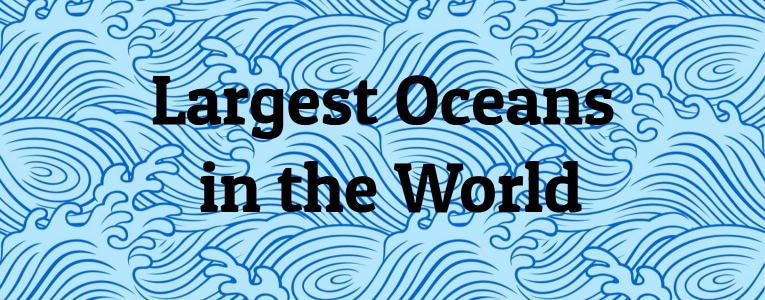Earth’s beautiful oceans are some of the most striking natural features that we can observe and enjoy. They span over massive distances, separating our continents and playing key parts in the world’s ecosystems and planetary climate. Since the early days of mankind, the seas have also been central to our survival by offering us food and the means of greater exploration.
By now, you’re probably wondering just how huge the Earth’s oceans can get. Today we’ll look at 10 of the largest oceans and seas in the world and learn about what sets them apart.
-
Gulf of Mexico
Average Depth: 4,874 ft
Coastline: Mexico, Florida
Deepest Known Place: Sigsbee Deep
 Source: wikimedia.org
Source: wikimedia.org
Almost entirely surrounded by North American land, the Gulf of Mexico is separated from the Caribbean Sea by the Yucatan Channel. The Gulf Stream, a warm and powerful current, is one of the strongest known currents in the world. It’s fed by the Carbibbean Current and the Antilles Current, and its warm waters are a breeding ground for storms.
Did You Know?
Sigsbee Deep or the “Grand Canyon under the sea” is the deepest point in the Gulf of Mexico and reaches a depth of 14,383 feet.
-
Bering Sea
Average Depth: 5,075 ft
Coastline: Alaska, Russia
Deepest Known Place: Near Buldir Island
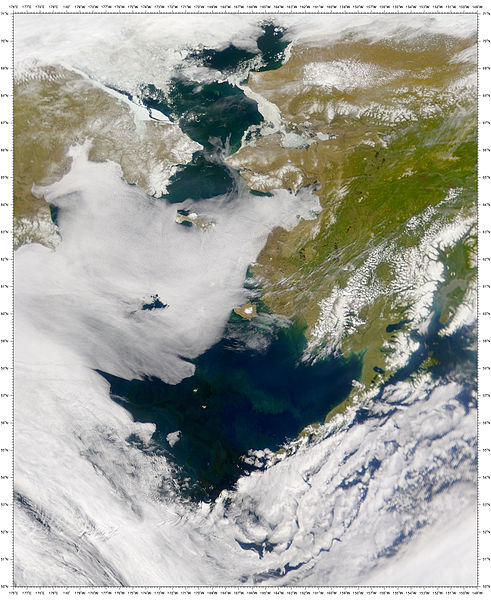 Source: wikimedia.org
Source: wikimedia.org
This huge sea flows through the Bering Strait to connect with the Arctic Ocean, passing through the oceanic territory of both Russia and the United States. Sadly, the fur seal population of the Bering Sea was aggressively hunted for their pelts, resulting in the Bering Sea Fur-Seal Controversy of 1886.
Did You Know?
The Bering Sea is said to be extremely biologically prolific, sustaining several fisheries and supporting a wide range of wildlife.
-
South China Sea
Average Depth: 5,419 ft
Coastline: China, Taiwan, Vietnam
Deepest Known Place: West of Luzon
 Source: wikimedia.org
Source: wikimedia.org
This South China Sea connects to the neighboring East China Sea through the Taiwan Strait, with its China Sea Basin reaching an astounding maximum depth of 16,457 feet. One entire third of the world’s shipping passes through the South China Sea, making it an extremely important economic and political factor in world trade.
Did You Know?
The bustling South China Sea is the center of various territorial disputes resulting from several Asian countries making overlapping territorial claims.
-
Caribbean Sea
Average Depth: 8,685 ft
Coastline: Jamaica, Venezuela, Panama
Deepest Known Place: Cayman Trench
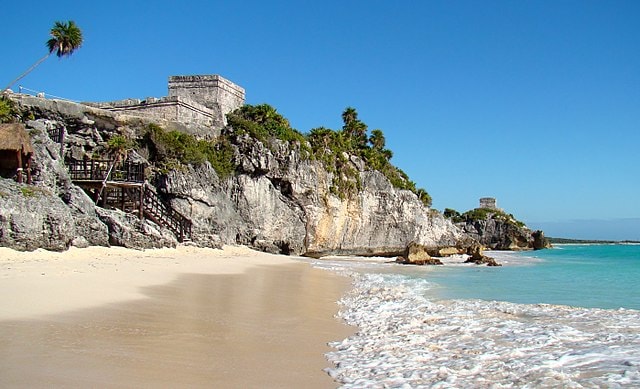 Source: wikimedia.org
Source: wikimedia.org
While it hosts over 7,000 different islands belonging to more than 28 different nations, the Caribbean Sea is possibly even more renowned for containing one of the deepest points on Earth: the Cayman Trench. Located between Cuba and Jamaica, the Cayman Trench or “Bartlett Deep” reaches a staggering depth of 25,216 feet below sea level.
Did You Know?
The entire area of the Caribbean in combination with its many islands and the Gulf of Mexico is referred to as the Wider Caribbean.
-
Mediterranean Sea
Average Depth: 4,688 ft
Coastline: Greece, Spain, Slovenia, Morocco
Deepest Known Place: Calypso Deep
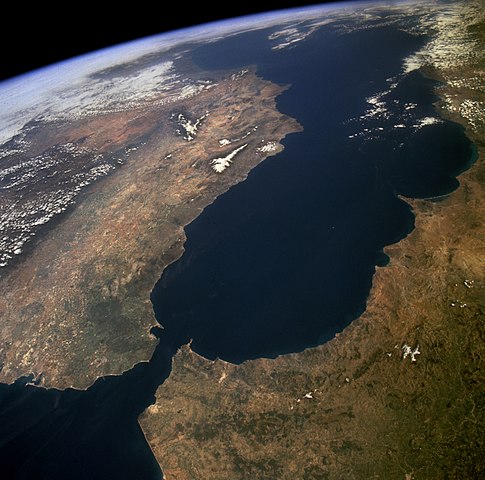 Source: wikimedia.org
Source: wikimedia.org
The sunny climate and warm waters of the Mediterranean are home to a wide variety of birds and around 400 different species of fish. This sizeable body of water would be landlocked if it weren’t for the Strait of Gibraltar, which flows between Morocco and Spain to the Atlantic Ocean. Its geographical location and abundant natural resources have made the Mediterranean Sea an important trading center and source of political conflicts throughout history.
Did You Know?
The coastline of the Mediterranean Sea stretches for 28,600 miles!
-
Arctic Ocean
Average Depth: 3,953 ft
Coastline: Canada, Greenland, Norway, Russia
Deepest Known Place: 77°45’N; 175°W
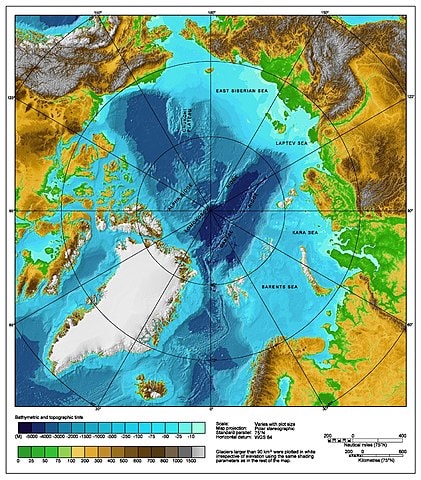 Source: wikimedia.org
Source: wikimedia.org
The northernmost body of water in the world, as well as the smallest and shallowest of all oceans, the Arctic Ocean is home to a surprisingly diverse array of wildlife. 12 different species of mammals inhabit the Arctic, from polar bears and walruses to a variety of majestic whales. They play critical parts in the local food web alongside sustaining the native human population.
Did You Know?
A large amount of sea ice floats in the Arctic Ocean, helping to regulate Earth’s climate and the temperature of the surrounding waters.
-
Southern Ocean (Antarctic Ocean)
Average Depth: 16,400 ft
Coastline: Antarctica, Australia
Deepest Known Place: South Sandwich Trench
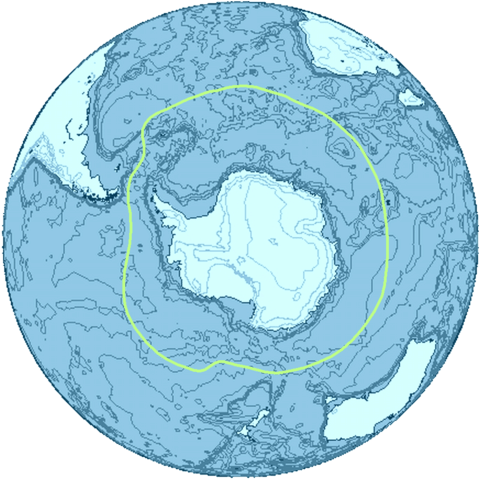 Source: wikimedia.org
Source: wikimedia.org
On the opposite pole of the Earth lies an even larger ocean: the Southern or Antarctic Ocean. While a number of indigenous people inhabit the Arctic, the only people established on the ice of the Southern Ocean are technicians and scientific researchers.
Did You Know?
The Southern Ocean is the most recent body of water to be designated an ocean, and not all researchers or countries officially recognize its status as an ocean yet.
-
Indian Ocean
Average Depth: 13,002 ft
Coastline: India, Africa, Southeast Asia
Deepest Known Place: Sunda Deep (Java Trench)
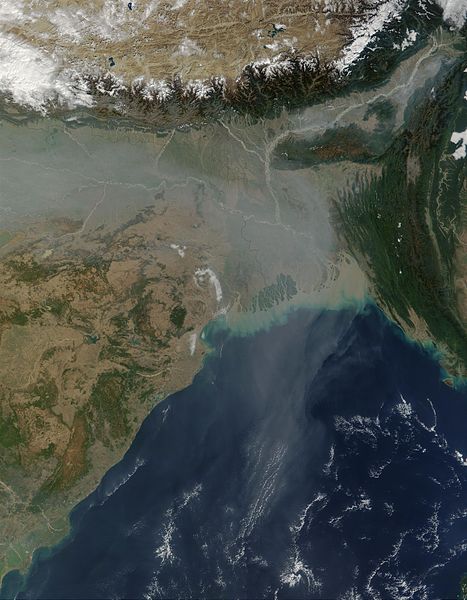 Source: wikimedia.org
Source: wikimedia.org
This massive ocean takes up approximately 14% of the Earth’s surface and 20% of its overall ocean area, connecting with the Pacific and Atlantic oceans. The largest islands in the Indian Ocean are Sri Lanka and Madagascar, both of which are home to rich ecosystems of diverse and fascinating wildlife. The Indian Ocean’s deepest point, the Java Trench of Indonesia, reaches 25,344 ft below sea level.
Did You Know?
The highest point of the Indian Ocean uniformly rests right at sea level, rather than above or below it as a result of geographical influences.
-
Atlantic Ocean
Average Depth: 12,880 ft
Coastline: Africa, Europe, the Americas
Deepest Known Place: Puerto Rico Trench
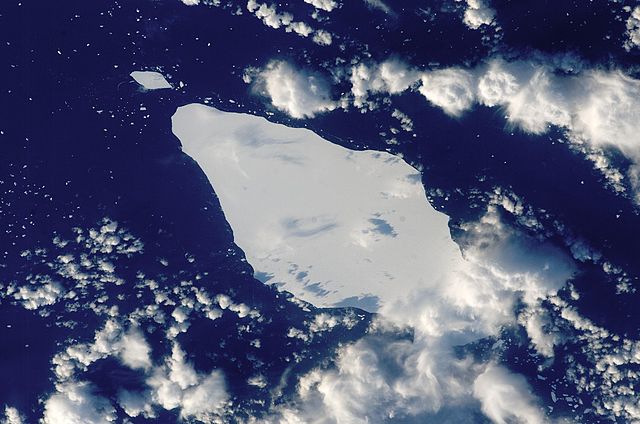 Source: wikimedia.org
Source: wikimedia.org
Covering approximately an entire fifth of the world’s surface, the Atlantic Ocean has the largest drainage area in the world. The northern portion, named the Northern Atlantic, drives the “global ocean conveyor” which is responsible for carrying cool waters across the surface of the planet and maintaining a sustainable global temperature.
Did You Know?
A wind stream known as the African Easterly Jet is a primary force in stirring up and driving hurricanes across the Atlantic Ocean to the United States.
-
Pacific Ocean
Average Depth: 13,215 ft
Coastline: Asia, Australia, the Americas
Deepest Known Place: Mariana Trench
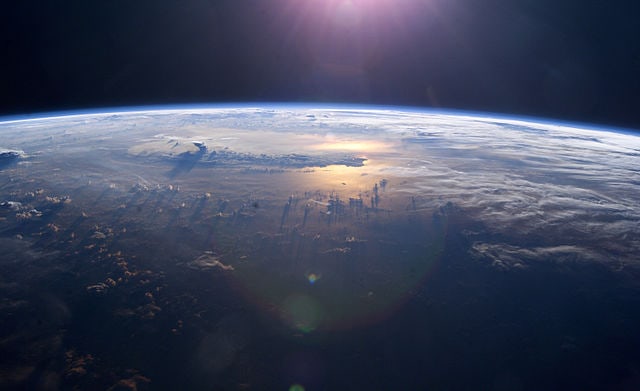 Source: wikimedia.org
Source: wikimedia.org
The Pacific Ocean is the largest ocean in the world. It’s so huge, in fact, that its mass makes up half of Earth’s water. It is also the deepest ocean on Earth, reaching astounding depths of 36,201 feet in the Mariana Trench. However, it receives very little continental drainage as compared to other oceans.
Did You Know?
The Pacific Ocean got its name from explorer Ferdinand Magellan, who was impressed by its calm and gentle winds and gave it a fitting title.
